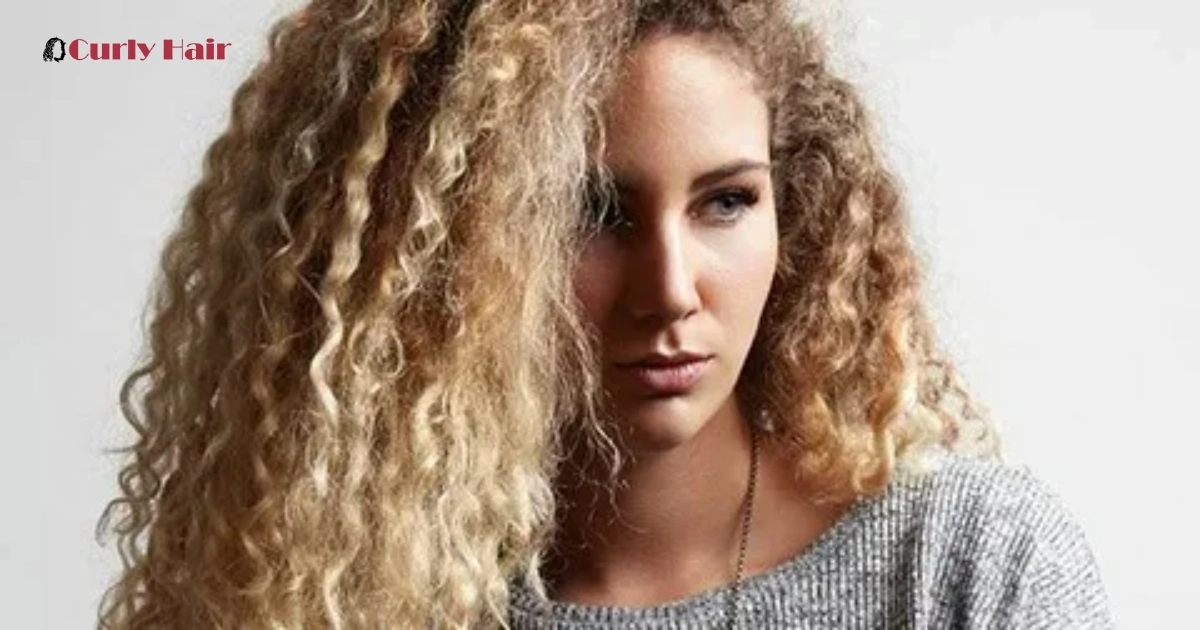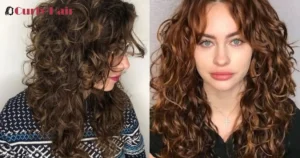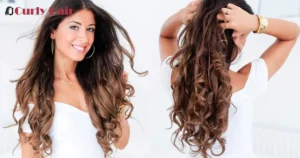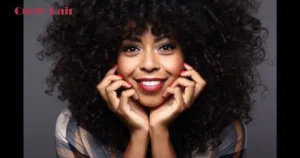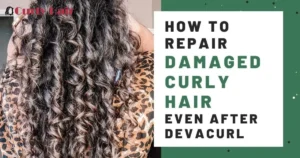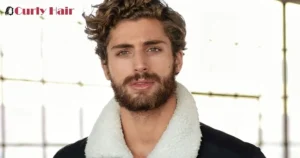Caring for curly hair low porosity can be a unique challenge, but understanding the characteristics of this hair type is essential for achieving healthy, hydrated curls. Low porosity hair features tightly packed cuticles that resist moisture absorption, making it difficult for products to penetrate effectively.
Regular deep conditioning treatments, particularly those involving heat, can also aid in opening the cuticle layer, allowing for better moisture absorption. By focusing on these targeted strategies, you can unlock the potential of your curls, ensuring they remain soft, defined, and beautifully bouncy.
Key Takeaways
- Low porosity hair has tightly packed cuticles that resist moisture absorption, making it essential to tailor your hair care routine accordingly.
- Opt for lightweight, hydrating products that can penetrate the hair shaft without causing buildup or weighing down your curls.
- Regular deep conditioning treatments with heat can help open the cuticles and enhance moisture absorption, keeping curls soft and healthy.
- Lightweight oils like argan, jojoba, and grapeseed are best for sealing in moisture without adding heaviness to low porosity hair.
- Use sulfate free and hydrating shampoos to cleanse without stripping natural oils, and consider clarifying shampoos occasionally to remove buildup.
Characteristics of Low Porosity Hair
Low porosity hair is defined by its tightly packed cuticle layer, which lies flat against the hair shaft. This unique structure makes it more resistant to moisture absorption compared to other porosity types. As a result, water and hydrating products often bead up on the surface rather than penetrating the hair.
Another notable characteristic of low porosity hair is its tendency to retain product buildup. Since moisture and heavy creams have difficulty entering the hair shaft, they can accumulate on the surface, leaving the hair looking dull and lifeless. This buildup not only hampers moisture retention but can also lead to a lack of curl definition, resulting in curly hair frizz that can be frustrating to manage.
Challenges of Low Porosity Curly Hair
One of the primary challenges of low porosity hair is retaining moisture. The tight cuticles prevent hydration from entering the hair shaft, which can lead to dryness and brittleness. As a result, you may find that your curls lack definition and elasticity.Another common issue for those with low porosity hair is product build-up.
Many hair products, especially heavier creams and oils, can sit on top of the hair without being absorbed. This not only leads to dull looking hair but can also make it harder to achieve moisture retention.To combat product build-up, incorporating clarifying shampoos into your routine is essential. These shampoos help to cleanse the hair and scalp.
Best Oils for Low Porosity Hair

Choosing the right oils is essential for maintaining healthy low porosity hair, as they can help seal in moisture without weighing the hair down. Lightweight oils are particularly beneficial, as they can penetrate the tightly packed cuticle layer more effectively. Some of the best oils for low porosity hair include argan oil, which is rich in essential fatty acids and vitamin E, making it an excellent choice for hydration and shine.
Jojoba oil is another great option, as its molecular structure closely resembles that of the scalp’s natural oils, allowing it to absorb quickly without leaving a heavy residue.Coconut oil, while often recommended, can sometimes be too heavy for low porosity hair, so it’s best to use it in moderation or mixed with lighter oils.
Best shampoos for low porosity curly hair
Selecting the right shampoo is crucial for maintaining the health of low porosity curly hair, as it can significantly impact moisture retention and overall hair vitality. Look for sulfate-free shampoos that are gentle on the hair and scalp, as sulfates can strip natural oils and exacerbate dryness.
Cleansing shampoos formulated with hydrating ingredients like aloe vera, honey, or coconut water can help cleanse without overwhelming your hair with harsh chemicals. These ingredients not only cleanse but also provide essential moisture, making them ideal for low porosity hair
Comparison with High and Medium Porosity Hair
When comparing low porosity hair to high and medium porosity hair, the differences in moisture absorption and retention become quite apparent. High porosity hair has an open cuticle layer, which allows moisture to enter easily but also leads to rapid loss of hydration. This hair type often absorbs products quickly but can feel dry and frizzy due to the lack of moisture retention.
In contrast, medium porosity hair strikes a balance between the two; its cuticle layer is slightly raised, allowing for adequate moisture absorption while retaininghydration effectively. This makes medium porosity hair more versatile and easier to manage with a variety of products.
Care for Low Porosity Curly Hair

Using the right products is key to caring for low porosity curly hair. Lightweight products are often the best choice, as they won’t weigh your hair down or exacerbate build-up. Look for gels, sprays, or lotions that are formulated specifically for low porosity hair. Ingredients like aloe vera, glycerin, and water-based formulations can provide hydration without the heaviness.
Deep conditioning is crucial for maintaining the health of low porosity hair. Regular deep conditioning treatments help to infuse moisture into the hair and can improve overall elasticity and softness. Here are some tips for effective deep conditioning:Look for deep conditioners that contain moisture-boosting ingredients like honey, shea butter, or coconut oil.
Styling Tips for Low Porosity Curls
- Choose Lightweight Products: Use gels, sprays, or lotions that are specifically designed for low porosity hair to avoid weighing down your curls.
- Avoid Heavy Creams: Steer clear of thick creams that can create product build-up and hinder moisture absorption.
- Apply Products on Damp Hair: For better absorption, apply styling products to freshly washed, damp hair to lock in moisture.
- Use the LOC Method: Implement the Liquid-Oil-Cream method to layer products effectively, using a lightweight leave-in, a light oil, and a very light cream if needed.
- Diffuse When Drying: Use a diffuser attachment on your blow dryer to enhance curl definition while minimizing frizz.
Frequently Asked Question
How do you treat low porosity curly hair?
Treat low porosity curly hair by using lightweight, hydrating products and regular deep conditioning treatments with heat to enhance moisture absorption.
Is curly hair usually low or high porosity?
Curly hair can be either low or high porosity; however, many people with curly hair tend to have low porosity due to tightly packed cuticles.
What do low porosity curls look like?
Low porosity curls often appear shiny but may lack moisture, leading to a tendency for frizz and dryness without proper care.
Is low porosity hair healthy?
Low porosity hair can be healthy if properly cared for, but it requires specific techniques to maintain moisture and prevent dryness.
Conclusion
Caring for curly hair low porosity hairmay present some challenges, but with the right knowledge and techniques, you can keep your curls healthy and well-moisturized. Remember to choose lightweight products, incorporate regular deep conditioning, and utilize effective moisturizing techniques. By understanding the unique characteristics of low porosity hair and adapting your hair care routine accordingly, you can achieve beautiful, hydrated curls that shine.
With the right approach, you’ll not only enhance your curly hair’s appearance but also its health. Embrace your journey in caring for low porosity curly hair, and enjoy the process of discovering what works best for you!
